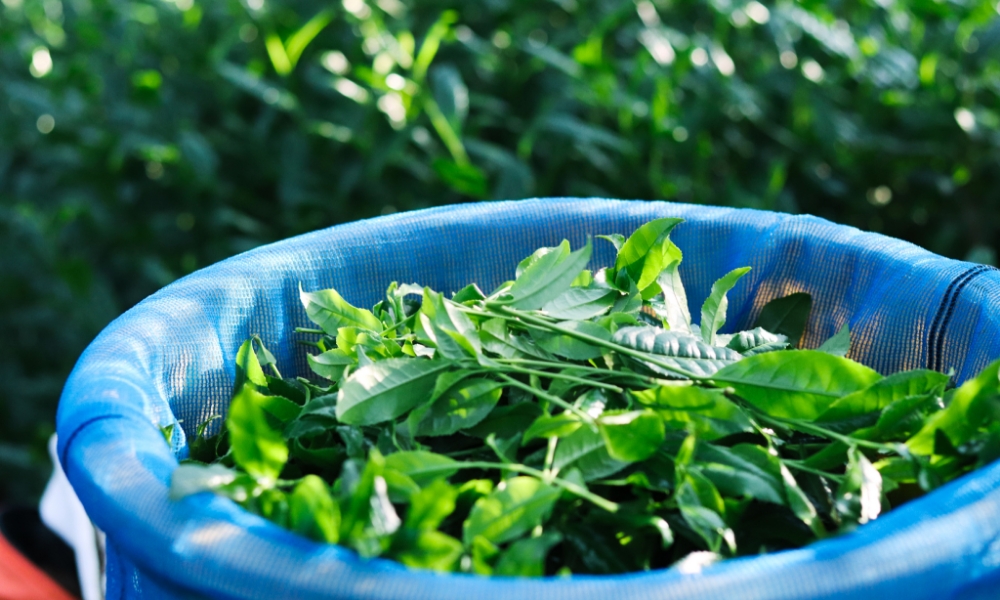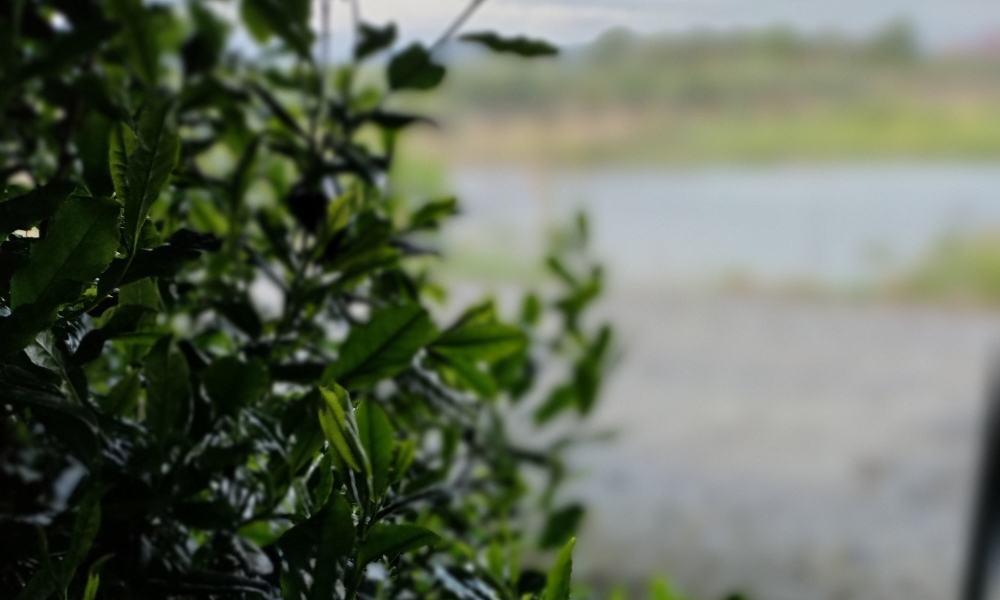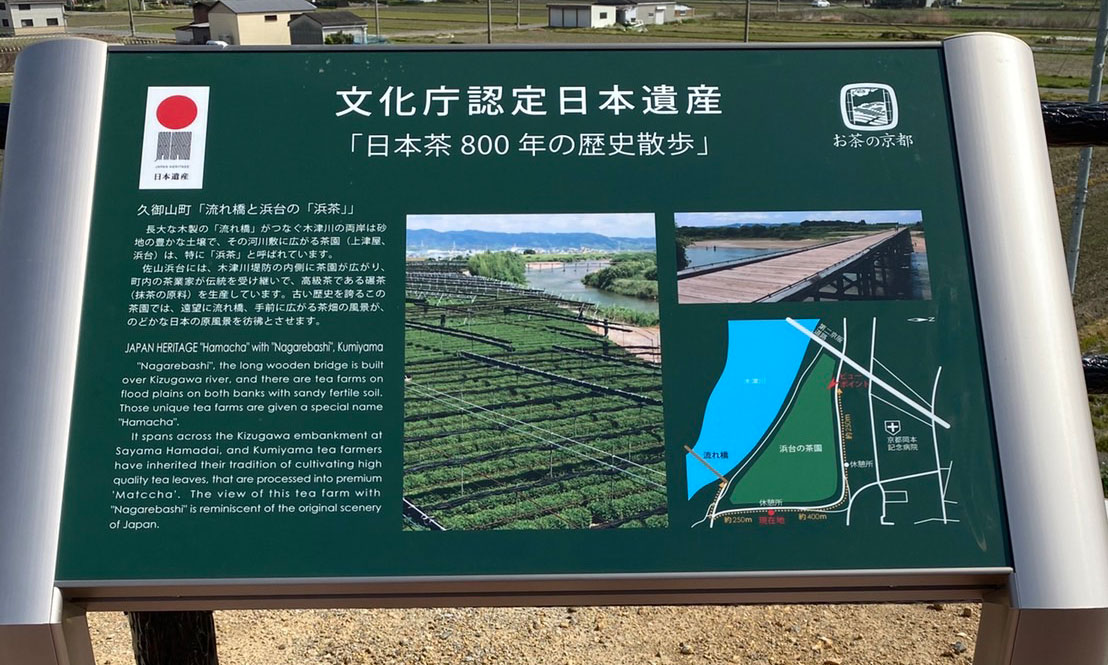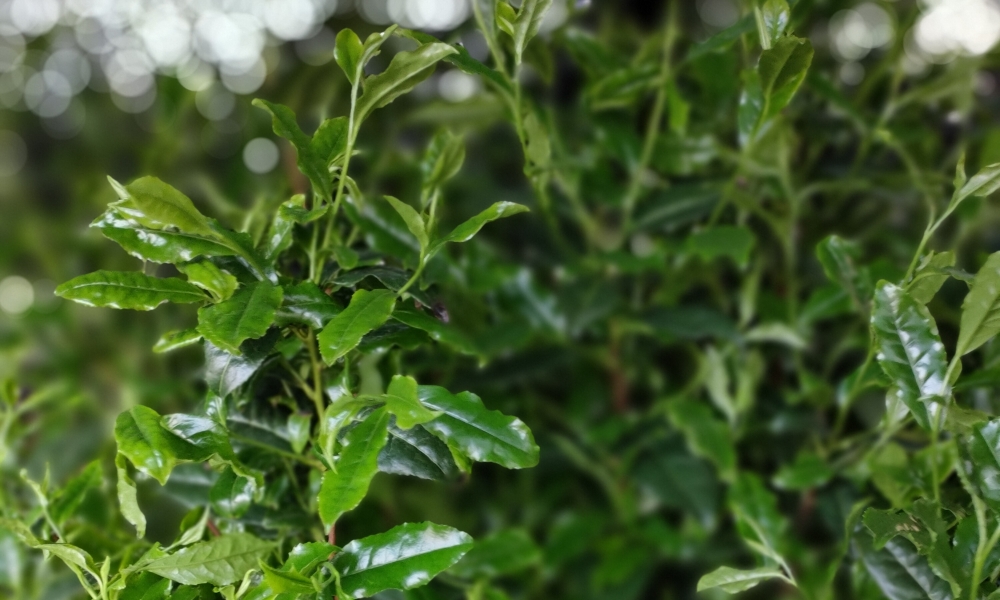Our Tea Farm
Landscape and Soil Fit for Tea Cultivation
Our tea farm is situated on Hamadai, a riverbed of Kizu River, and tea that is grown on Hamadai is called “Hama-cha.”
Located close by to our tea farm is “Nagare-Bashi,” or “flow-away bridge” in direct translation, which is famous for shooting historical drama films, and the area is one of the resistered Japan Heritage Sites.
Hamadai is made of rich soil combined with sands with good drainage, and with a significant difference in temperature between night and day, it is best-suited for tea cultivation. Even during a hot summer when water supply may become short, its moderate water retention property provides tea plants with water they need.
“Hama-cha” has been valued highly and used as a source of high-quality Uji matcha for more than 350 years.
Our ancestors knew what was best for tea plants and where they should be grown; we are grateful for their insights.
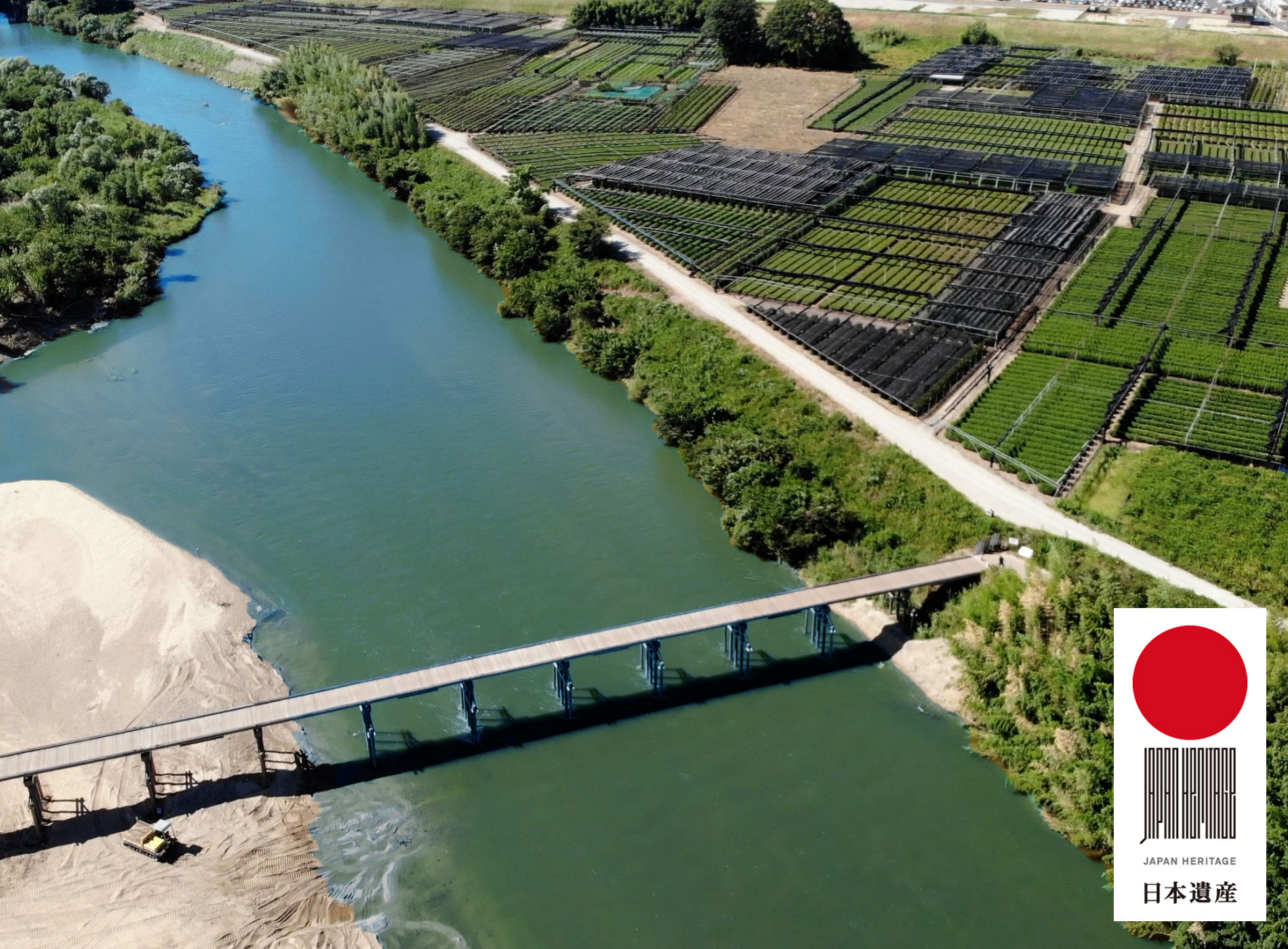
Soil Making
as if walking on a futon mattress
Most people stepping onto our tea farm for the first time will be surprised at how soft it feels on their soles.
The soil must have much organic matters with good drainage property, and to realize these, we regularly plow deep into the soil, taking in air from outside to activate the microorganisms.
To realize the chemistry best for tea plants, pH will be adjusted to be weakly acidic. Instead of chemically synthesized fertilizers, all-natural ones like dried sardine or herring and rapeseed cake, which would be safe to human consumption, will be used. All these efforts will culminate in achieving the superb “umami” in tea in the end.
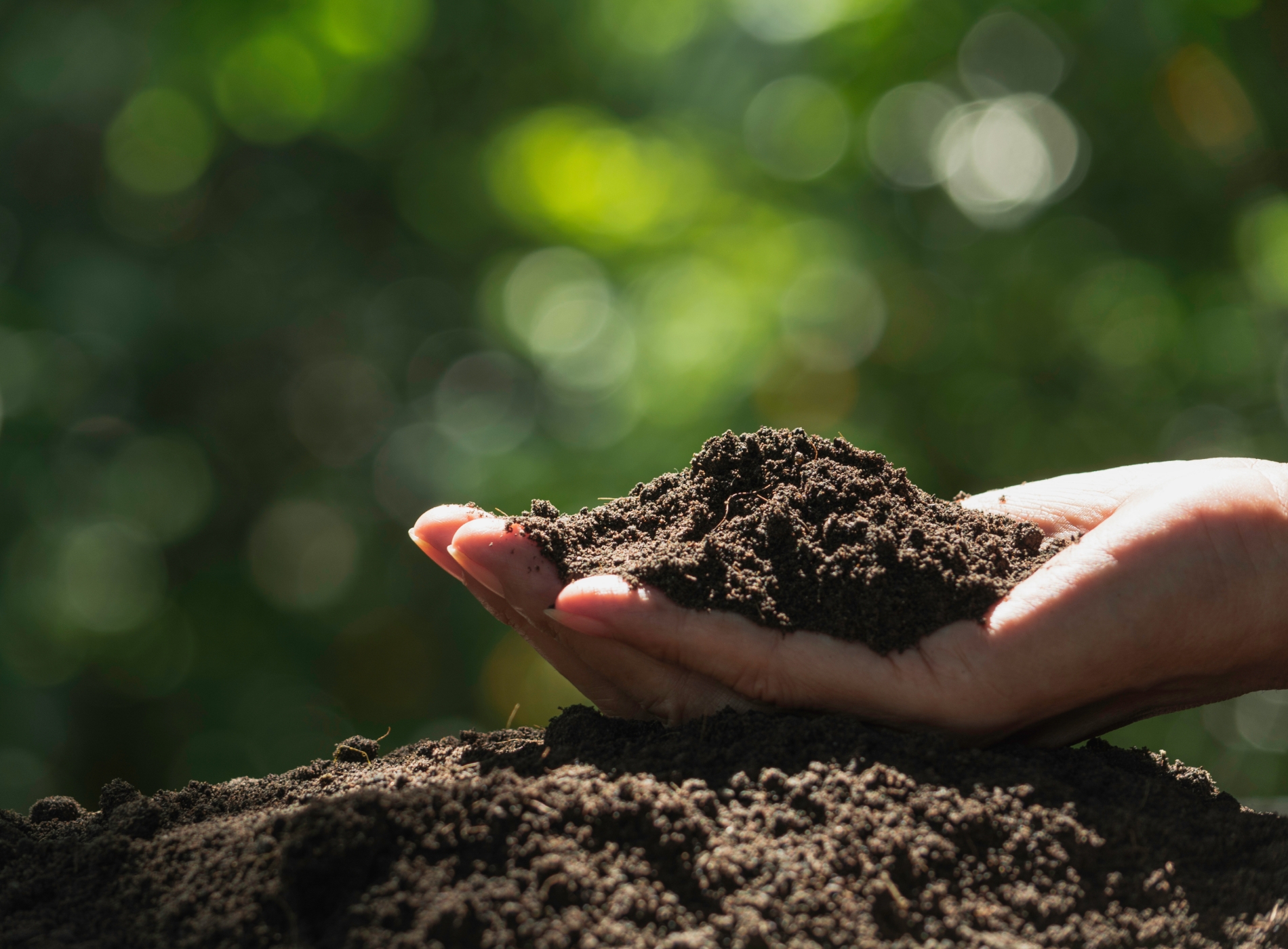
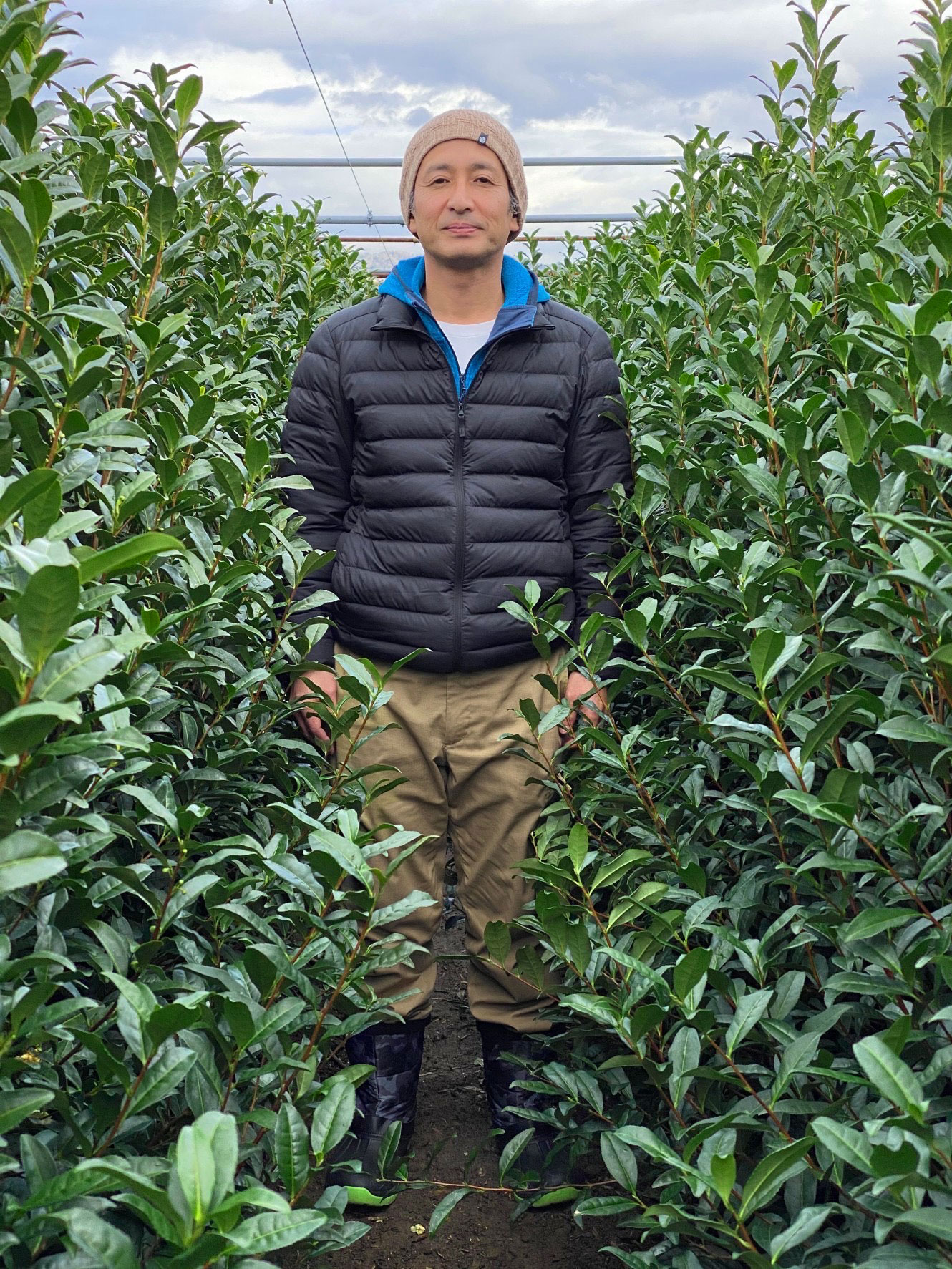
Fostering the tea plants as if they were our children
Rain or shine or wind, we watch everyday to hear what the tea plants have to say… We meticulously weed the field and, when the time is right, provide with all-natural fertilizer. We believe that doing these simple tasks is the first step of high-quality tea cultivation.
Our tea plants are “naturally tailored,” and they do not have an arc-shaped profile that people would commonly imagine. “Naturally tailored” tea plants will have a strength to withstand heavy and extended shading, which is a requirement for maccha with umami and sweetness in perfect harmony.
Although not fitted for mass-production, quality tea grown and cultivated in such a traditional way are like our children.
Covering (shading and covering)
It is a well-known fact that teas like gyokuro and maccha are grown under shading, but only a few know that a great deal of technicality is involed in the shading of tea plants.
For tea plants, shading is stressful, so you must be able to talk and listen to them. You also need to have a keen insight into the weather to have the best results.
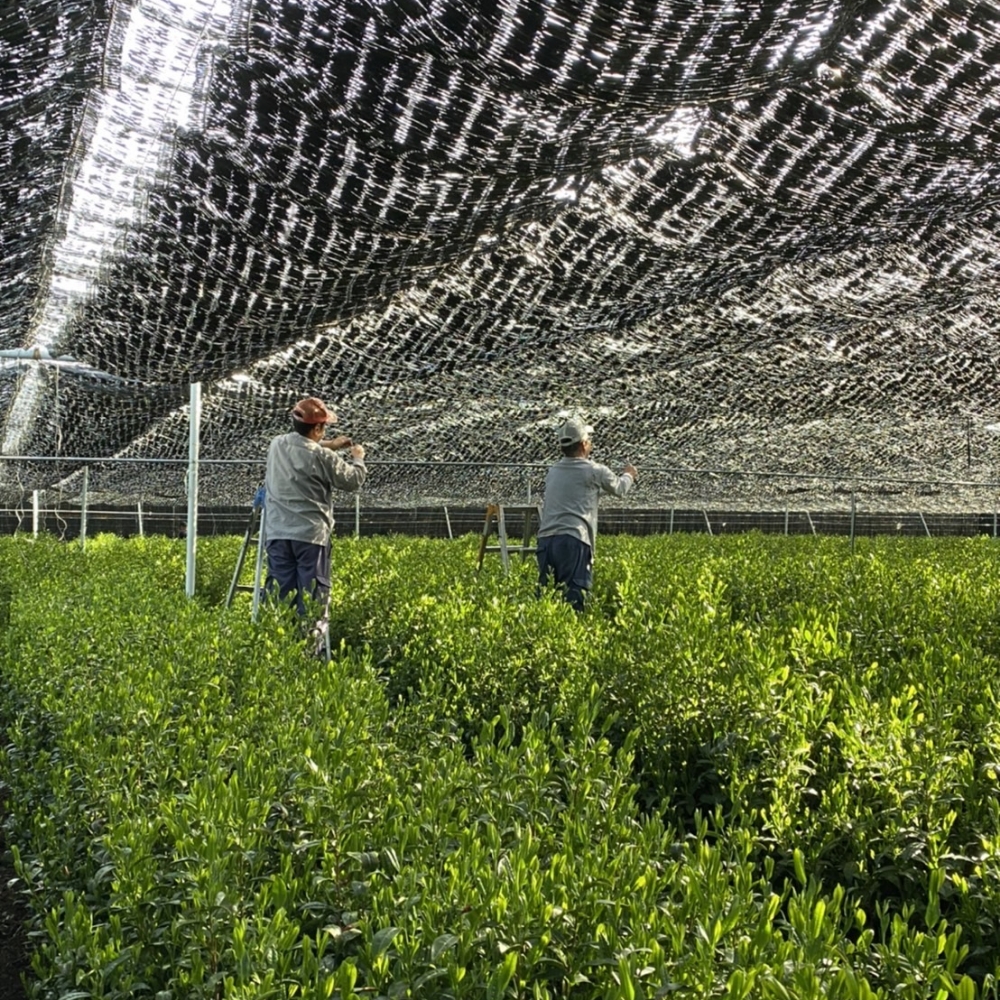
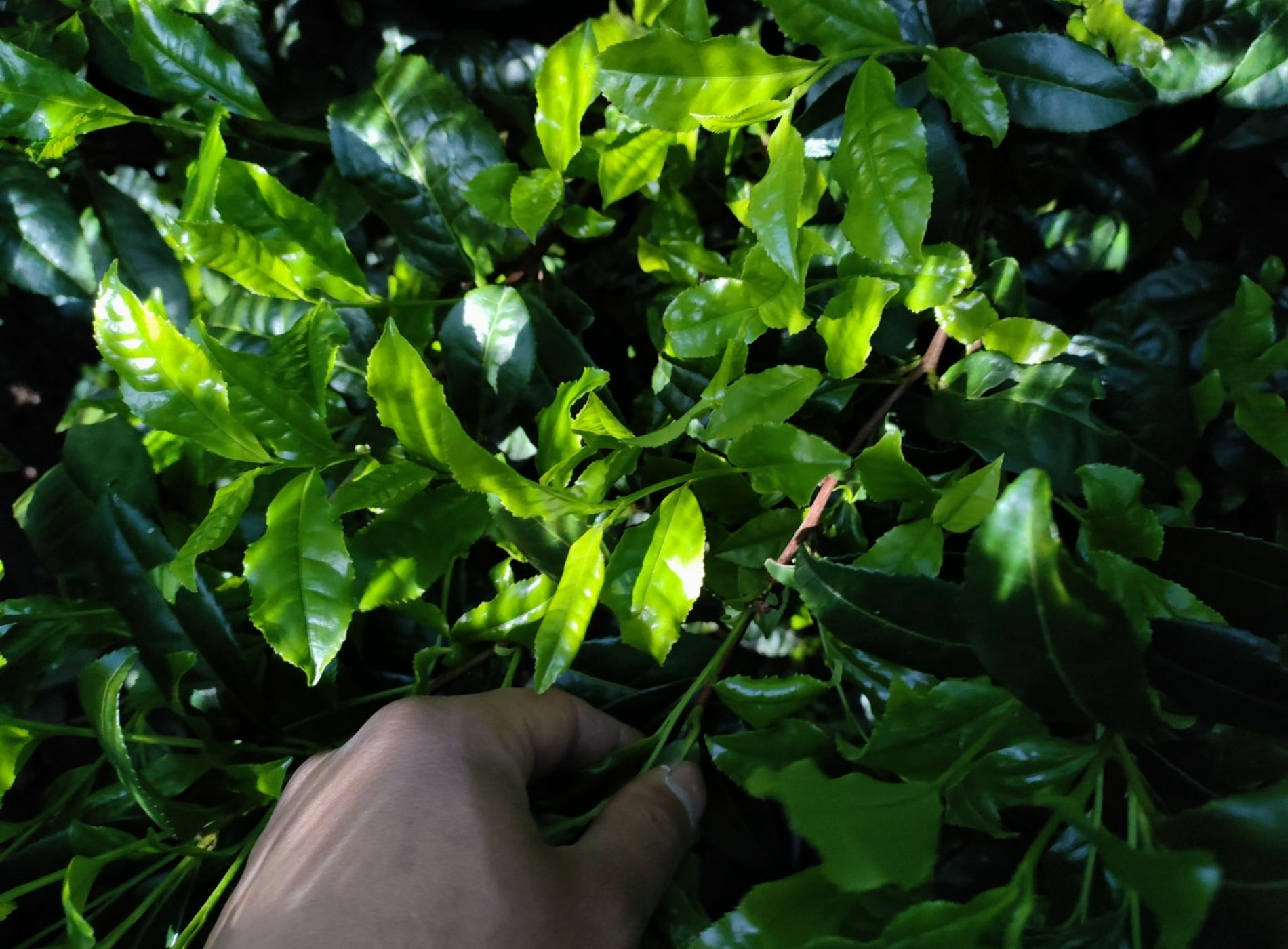
Harvest
Our naturally tailored tea plants are cultivated by utilizing traditional shading method, and their leaves are carefully picked by hand.
We believe that there is a certain quality that cannot be attained by machine harvesting but only by handpicking of the first harvest tea leaves, and that is why we are adamant not to change the way we do.
To do this, it is necessary for tea pickers to be trained and for their skills to be passed down to the next generation. You also need to know when to begin harvesting, and the handpicked tea leaves must be processed in a way they should be according to strict management standards.
Harvest
Our naturally tailored tea plants are cultivated by utilizing traditional shading method, and their leaves are carefully picked by hand.
We believe that there is a certain quality that cannot be attained by machine harvesting but only by handpicking of the first harvest tea leaves, and that is why we are adamant not to change the way we do.
To do this, it is necessary for tea pickers to be trained and for their skills to be passed down to the next generation. You also need to know when to begin harvesting, and the handpicked tea leaves must be processed in a way they should be according to strict management standards.

